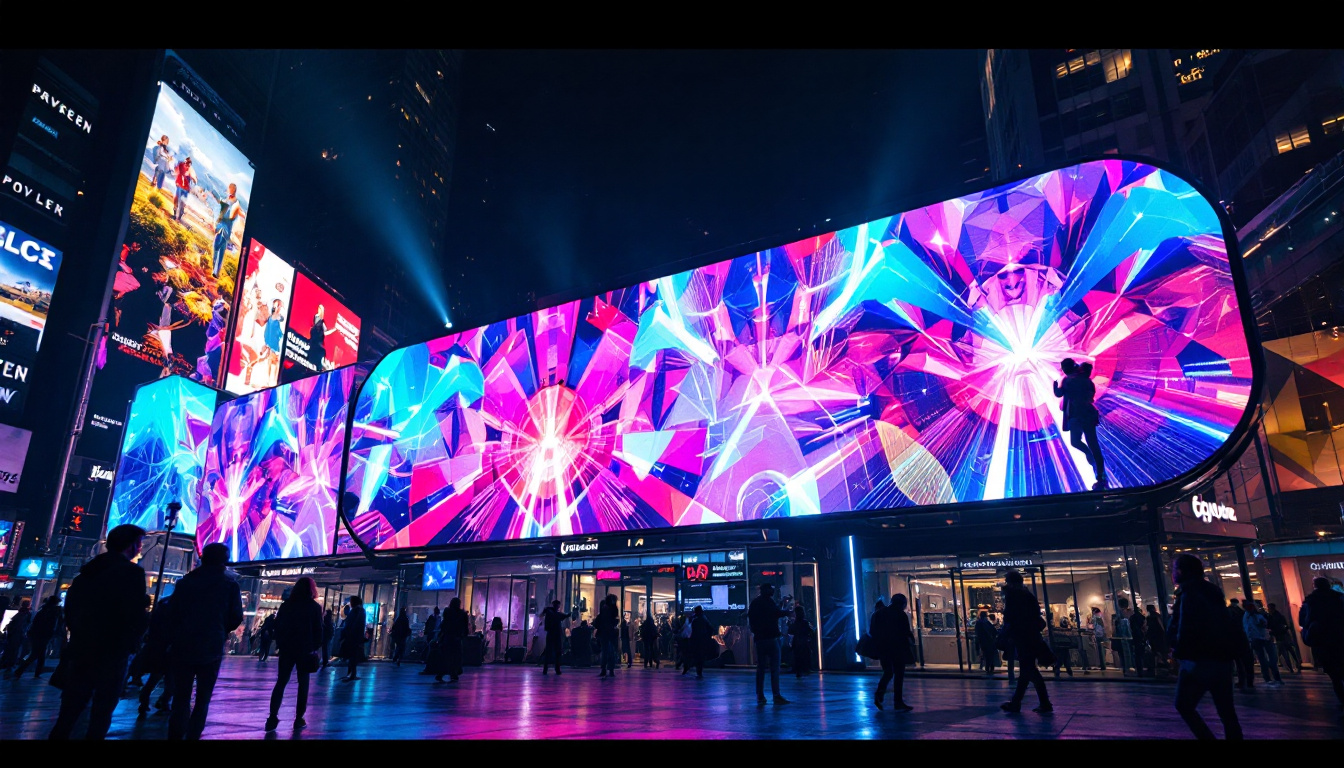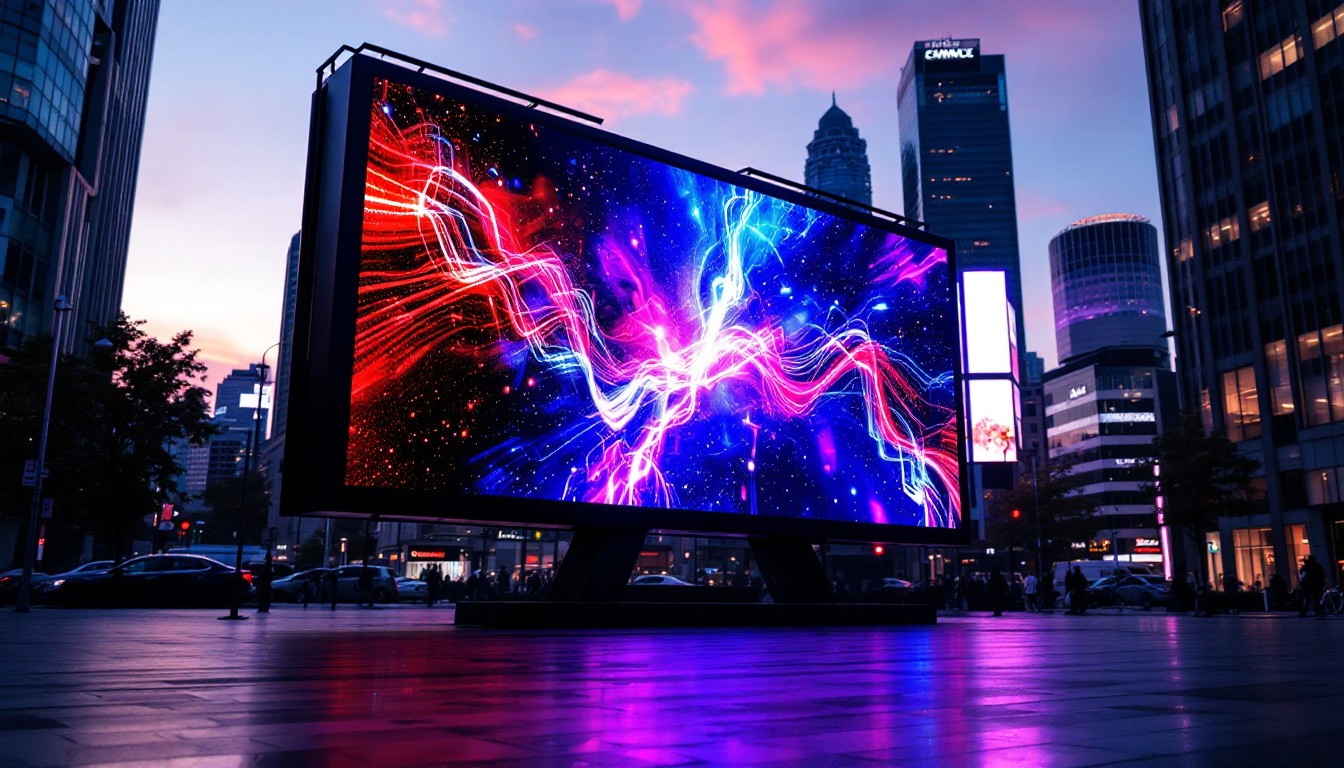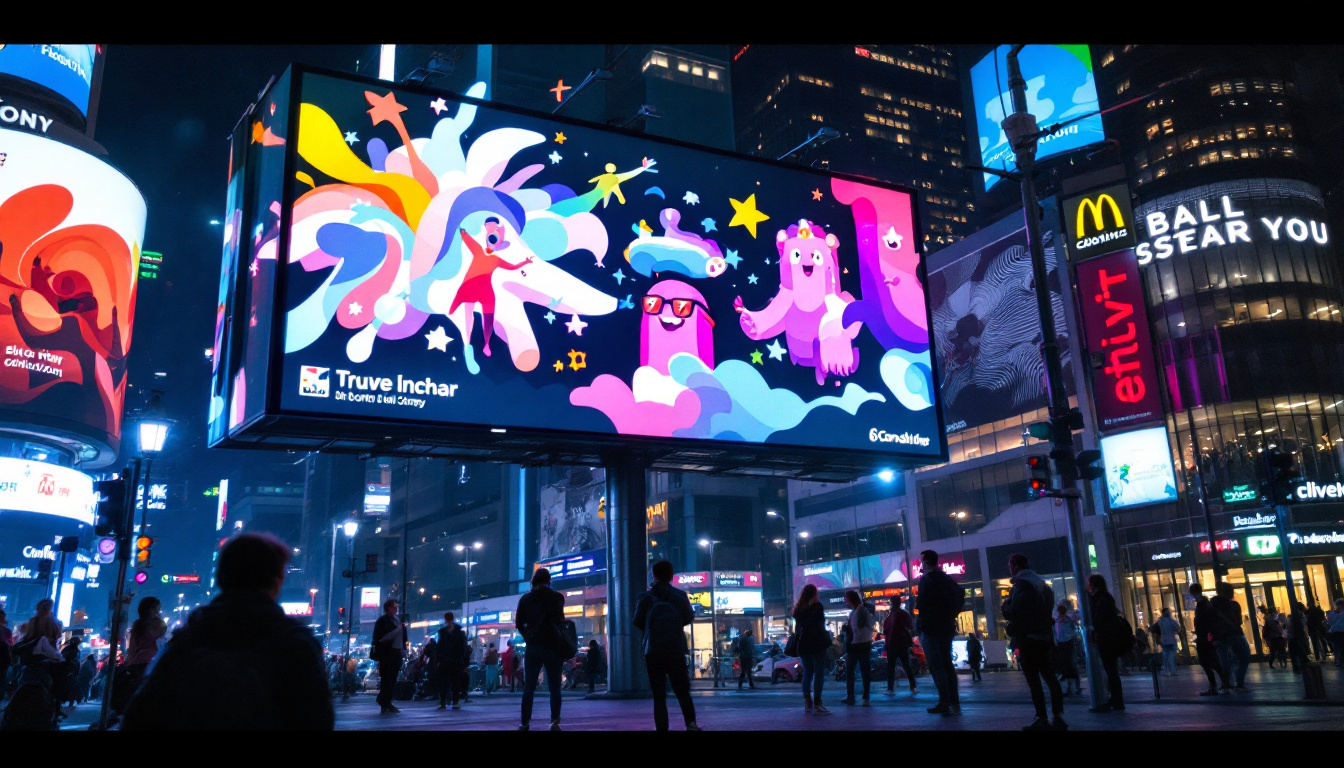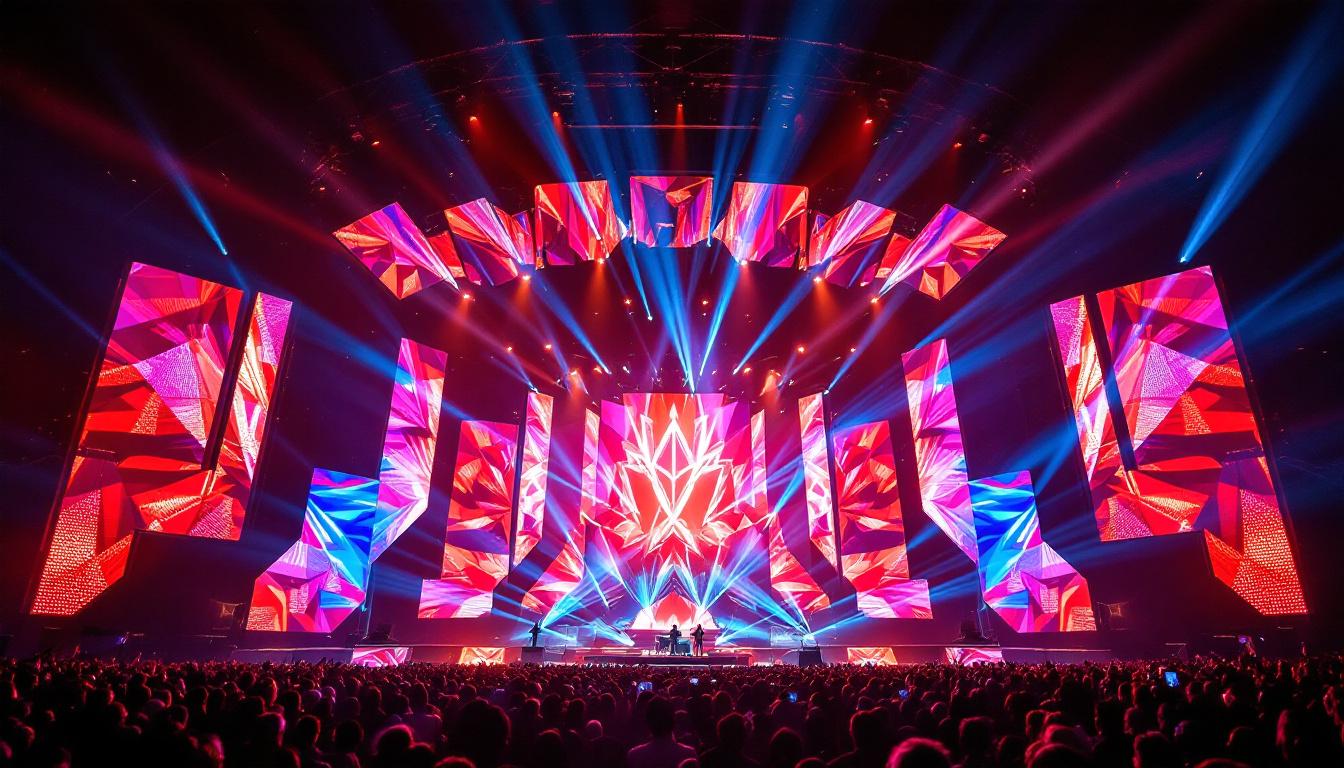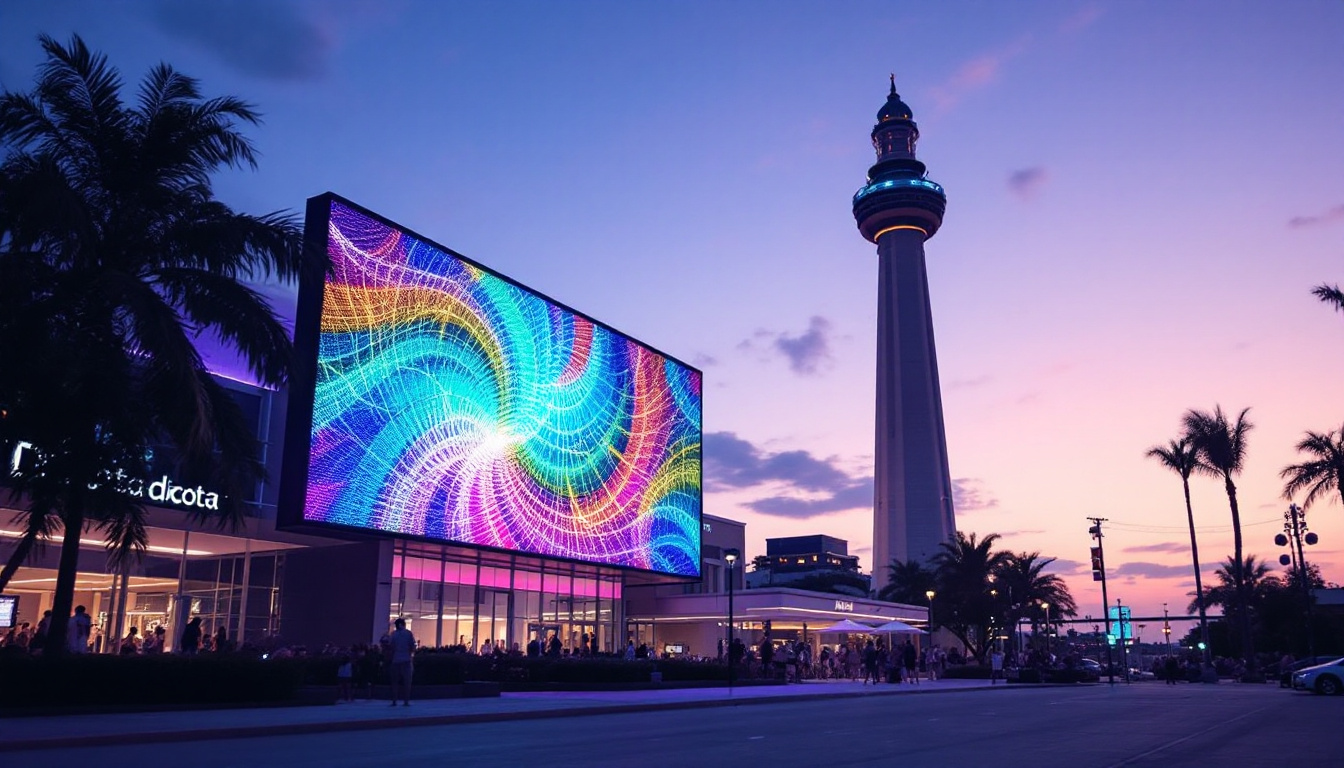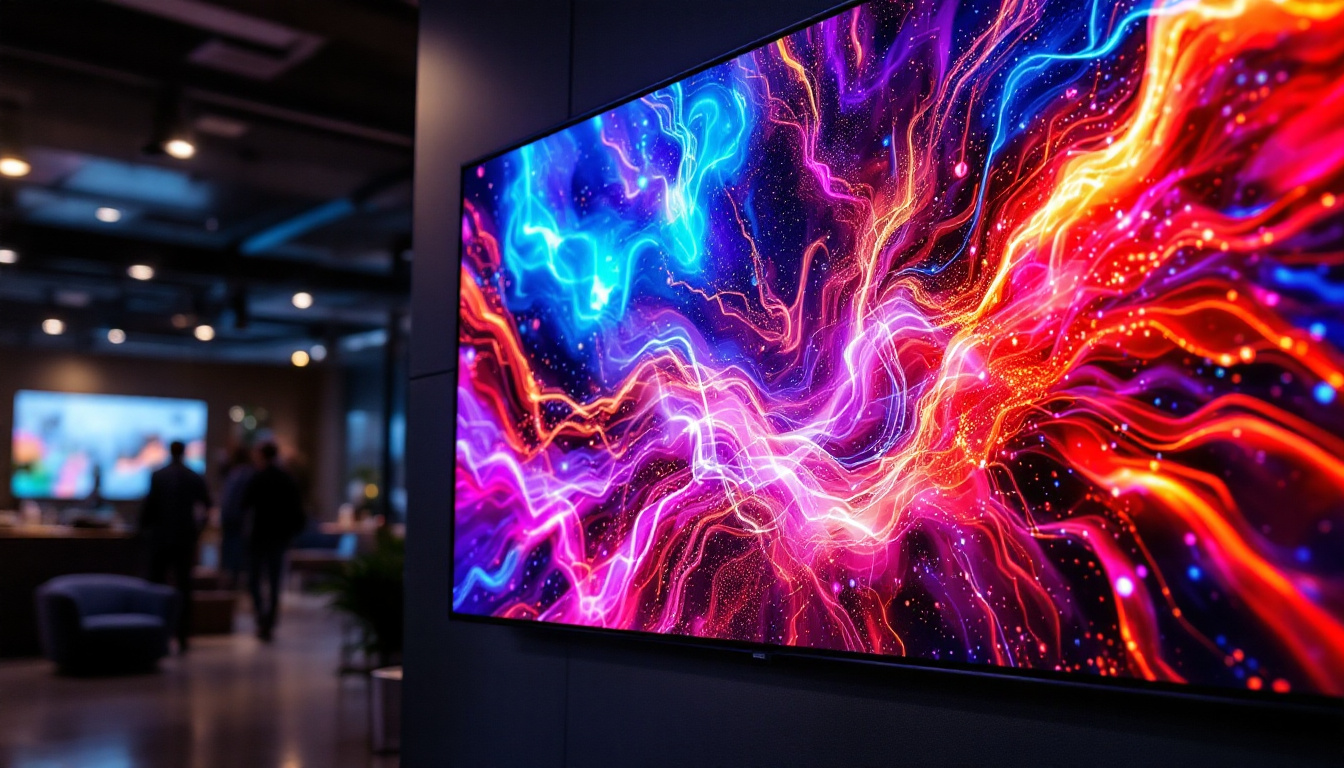In recent years, churches have increasingly embraced modern technology to enhance their worship experience. One significant development in this area is the use of LED displays. These vibrant screens not only improve visual communication but also create a more engaging atmosphere for congregants. This article delves into the various aspects of incorporating LED displays into church remodels, exploring their benefits, types, and installation considerations.
Understanding LED Displays
LED displays, or Light Emitting Diode displays, have revolutionized the way information is presented. Unlike traditional projection systems, LED technology offers superior brightness, clarity, and color accuracy. This makes them ideal for various environments, including churches, where visibility and engagement are paramount.
How LED Displays Work
At their core, LED displays consist of numerous small diodes that emit light when an electric current passes through them. These diodes are arranged in a grid, forming pixels that collectively create images and videos. The technology allows for high-definition visuals, making it possible to display everything from lyrics and announcements to live video feeds during services.
One of the key advantages of LED displays is their ability to deliver consistent brightness and color across the entire screen. This uniformity ensures that every member of the congregation, regardless of their seating position, can enjoy a clear view of the content being presented. Additionally, many LED displays come equipped with advanced features such as automatic brightness adjustment, which optimizes visibility based on ambient light conditions, ensuring that the display remains vibrant and legible at all times.
Benefits of LED Displays in Churches
Incorporating LED displays into church remodels offers numerous benefits that extend beyond aesthetics. Here are some of the most compelling reasons to consider this technology:
- enhanced engagement: LED displays can capture attention more effectively than traditional methods. dynamic visuals, such as video clips or animated graphics, can create a more immersive experience during services.
- Versatility: These displays can be used for various purposes, including worship lyrics, sermon notes, event announcements, and even live streaming. This versatility makes them a valuable asset for any church.
- Improved Accessibility: For congregants with hearing impairments, LED displays can provide essential visual cues. Displaying song lyrics or sermon points ensures that everyone can participate fully in the service.
Moreover, the energy efficiency of LED technology contributes to long-term cost savings for churches. Compared to traditional lighting options, LED displays consume significantly less power, which can lead to lower electricity bills. This eco-friendly aspect aligns with the values of many congregations that prioritize stewardship of resources. Additionally, the longevity of LED displays means less frequent replacements, further reducing maintenance costs and allowing churches to allocate funds toward other vital community initiatives.
Another noteworthy benefit is the potential for customization. Many LED displays can be programmed to change content dynamically, allowing churches to tailor their messaging for different events or seasons. For instance, during the Advent season, a church could display themed visuals and messages that resonate with the congregation, enhancing the overall worship experience. This adaptability not only keeps the content fresh and engaging but also fosters a deeper connection between the church and its members, as they see their community’s values and celebrations reflected in the technology used during services.
Types of LED Displays
When considering LED displays for a church remodel, it is essential to understand the different types available. Each type has unique features that cater to specific needs and environments.
Indoor vs. Outdoor Displays
LED displays are categorized into indoor and outdoor types, each designed for specific conditions. Indoor displays typically feature a higher pixel density, resulting in sharper images suitable for close viewing. They are ideal for worship settings where congregants are seated relatively close to the screen.
Outdoor displays, on the other hand, are built to withstand environmental factors such as rain, sunlight, and temperature fluctuations. These displays are generally brighter to combat sunlight glare and are designed to be more durable. They are perfect for outdoor events or church signage.
Fixed vs. Mobile Displays
Another consideration is whether to choose fixed or mobile LED displays. Fixed displays are permanently installed in a designated location, such as behind the pulpit or on the stage. They provide a consistent visual element for every service.
Mobile displays, however, offer flexibility. These can be moved around the church or taken to outdoor events, making them an excellent option for churches that host various activities throughout the week. Mobile displays can also be rented for special occasions, providing a cost-effective solution.
Installation Considerations
Installing an LED display in a church involves several critical considerations to ensure optimal performance and integration into the existing space.
Screen Size and Placement
Determining the appropriate screen size is crucial for effective visibility. Factors such as the size of the sanctuary, the seating arrangement, and the distance between the screen and the congregation all play a role in this decision. A general rule of thumb is that the screen should be large enough for the furthest viewer to see clearly.
Placement is equally important. The screen should be positioned at a height and angle that allows for unobstructed views from all areas of the church. This may require consultation with audiovisual professionals to ensure the best setup.
Integration with Existing Technology
Many churches already have audiovisual systems in place, such as sound systems and projectors. Integrating an LED display with these existing systems can enhance overall performance. This may involve upgrading audio equipment or ensuring compatibility with software used for presentations and live streaming.
Additionally, churches should consider how the LED display will work with lighting. Proper lighting design can prevent glare on the screen and enhance the overall visual experience.
Cost Considerations
Budgeting for an LED display installation is a critical aspect of the remodeling process. The costs can vary significantly based on several factors, including screen size, type, and installation complexity.
Initial Investment vs. Long-Term Value
While the initial investment for an LED display may seem substantial, it is essential to consider the long-term value it brings. LED technology is known for its durability and low maintenance costs. Unlike traditional projection systems that may require frequent bulb replacements, LED displays can last for years with minimal upkeep.
Moreover, the enhanced engagement and versatility of LED displays can lead to increased attendance and participation in church activities. This can ultimately contribute to the church’s growth and community impact, making the investment worthwhile.
Funding Options
Many churches explore various funding options to support their remodeling projects. This may include fundraising campaigns, grants, or partnerships with local businesses. Engaging the congregation in the funding process can also foster a sense of ownership and community spirit.
Additionally, some companies offer financing options specifically for churches, making it easier to manage the costs associated with LED display installation. Researching these options can provide valuable insights into making the project financially feasible.
Best Practices for Using LED Displays
Once an LED display is installed, it is crucial to utilize it effectively to maximize its impact on the worship experience.
Content Creation and Management
Creating engaging content is key to leveraging the capabilities of an LED display. This includes not only song lyrics and sermon notes but also videos, images, and graphics that resonate with the congregation. Utilizing a mix of content types can keep the experience fresh and engaging.
Regularly updating content is also essential. Keeping announcements current and relevant helps maintain interest and encourages congregants to stay informed about church activities and events.
Training Staff and Volunteers
To ensure smooth operation, it is vital to train staff and volunteers on how to use the LED display effectively. This includes understanding the software used for content management, troubleshooting common issues, and coordinating with the worship team to sync visuals with the service flow.
Encouraging a culture of teamwork around the use of technology can enhance the overall worship experience and foster a sense of community among those involved in the service.
Future Trends in LED Technology
The world of LED technology is continually evolving, and churches should stay informed about emerging trends that could enhance their worship environment.
Advancements in Display Quality
As technology advances, the quality of LED displays continues to improve. Newer models offer higher resolutions, better color accuracy, and even more energy-efficient options. Staying updated on these advancements can help churches make informed decisions about upgrades or replacements in the future.
Interactive Displays
Interactive LED displays are gaining popularity, allowing congregants to engage with the content more actively. This could include touch-screen capabilities for navigating sermon notes or participating in polls during services. Such interactivity can further enhance engagement and create a more dynamic worship atmosphere.
Conclusion
Incorporating LED displays into church remodels presents an exciting opportunity to enhance the worship experience. With their vibrant visuals, versatility, and ability to engage congregants, LED displays can transform how information is communicated within the church.
By understanding the different types of displays, installation considerations, and best practices for usage, churches can make informed decisions that align with their goals and budget. As technology continues to evolve, staying abreast of trends will ensure that churches remain at the forefront of engaging worship experiences.
Ultimately, the investment in LED displays is not just about technology; it is about creating an environment where congregants feel connected, inspired, and engaged in their faith journey.
Discover LumenMatrix LED Solutions for Your Church
Ready to elevate your church’s worship experience with the latest in LED display technology? LumenMatrix is at the forefront of innovation, offering a wide range of LED display solutions tailored to your needs. From Indoor LED Walls that bring sermons to life to Outdoor LED Displays that welcome your congregation, our products are designed to create immersive and engaging environments. Explore our LED Sports Displays for community events, LED Posters for announcements, and even Custom LED Displays that fit your unique space. Embrace the future of visual communication with LumenMatrix and transform your church into a dynamic space of inspiration and connection. Check out LumenMatrix LED Display Solutions today and begin your journey towards a more vibrant worship experience.





